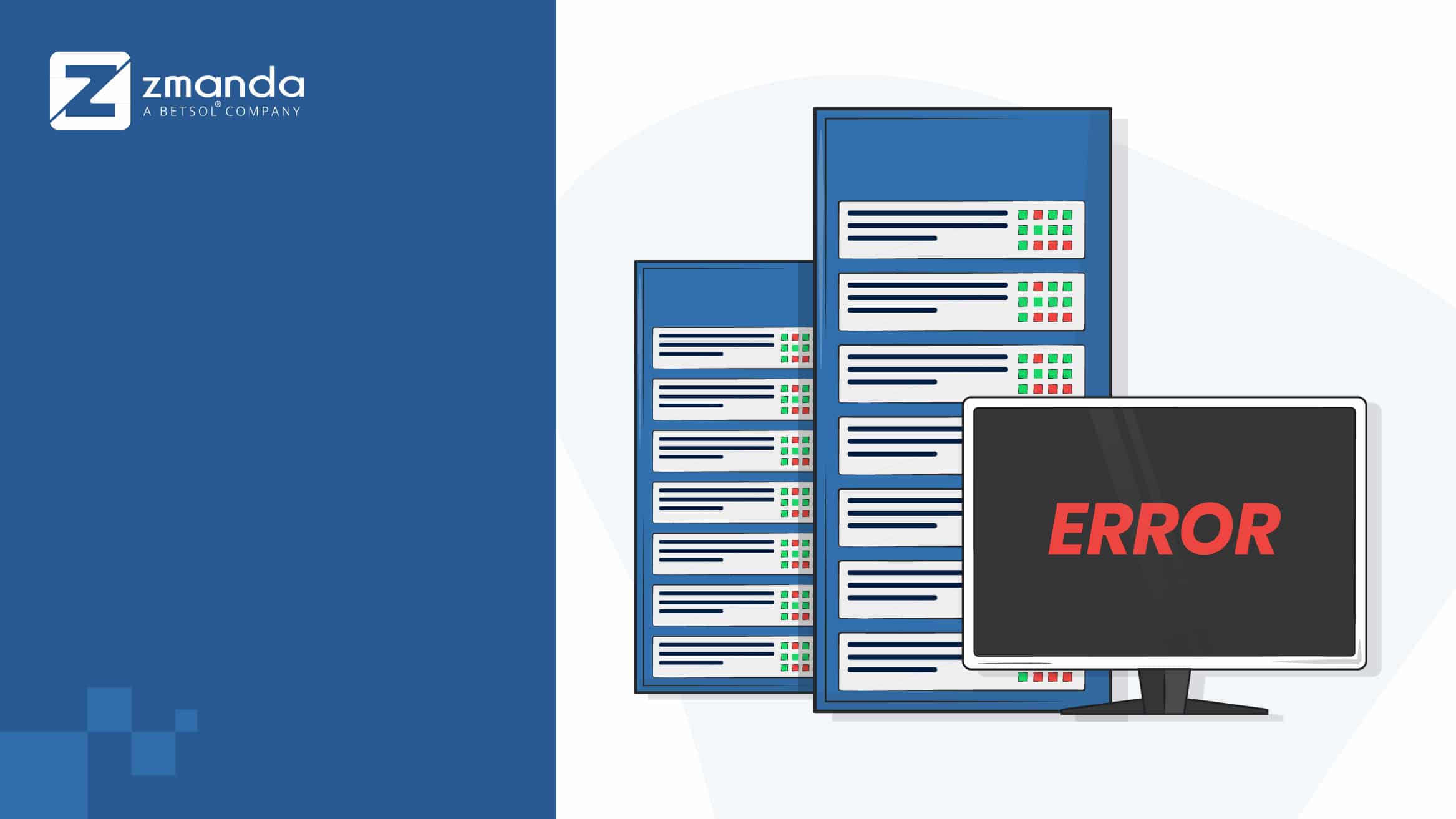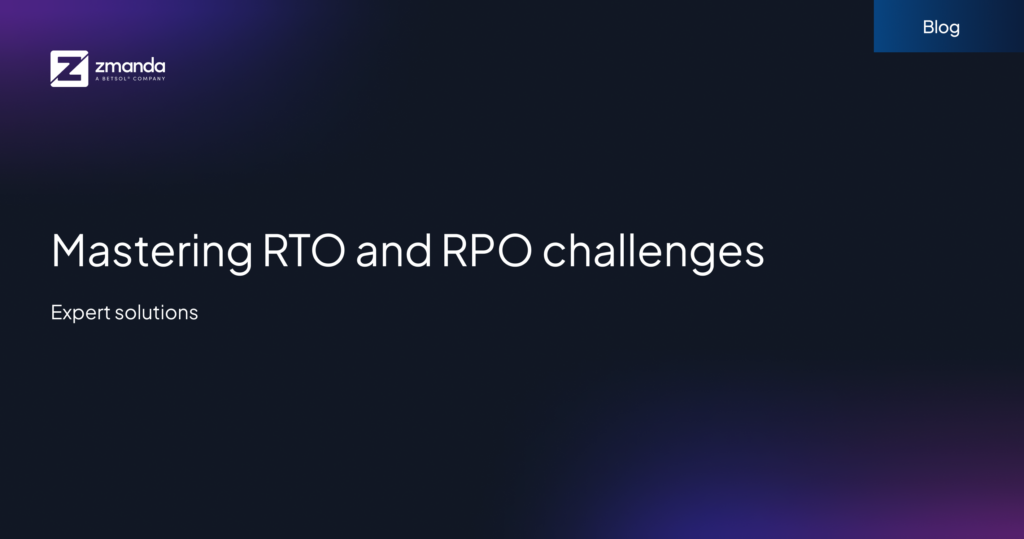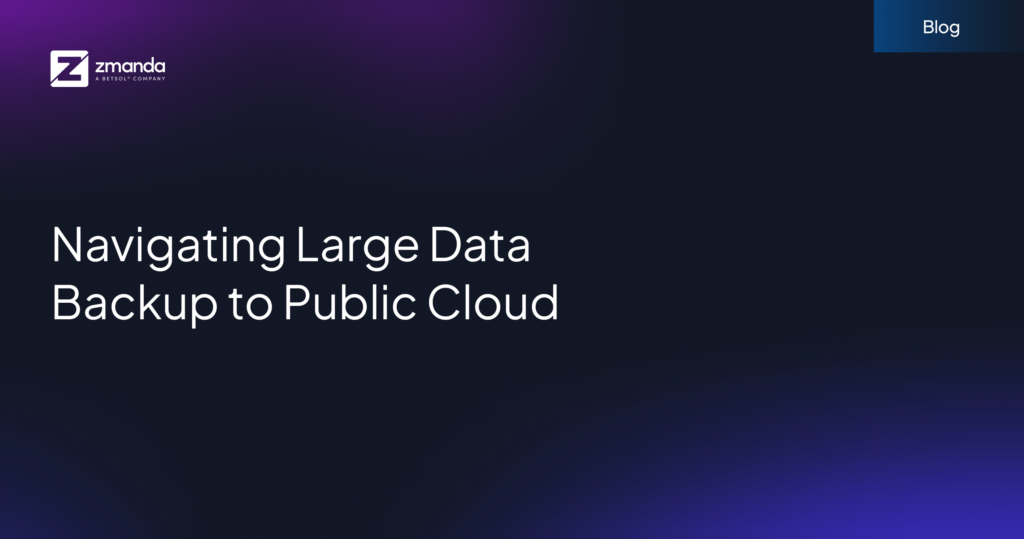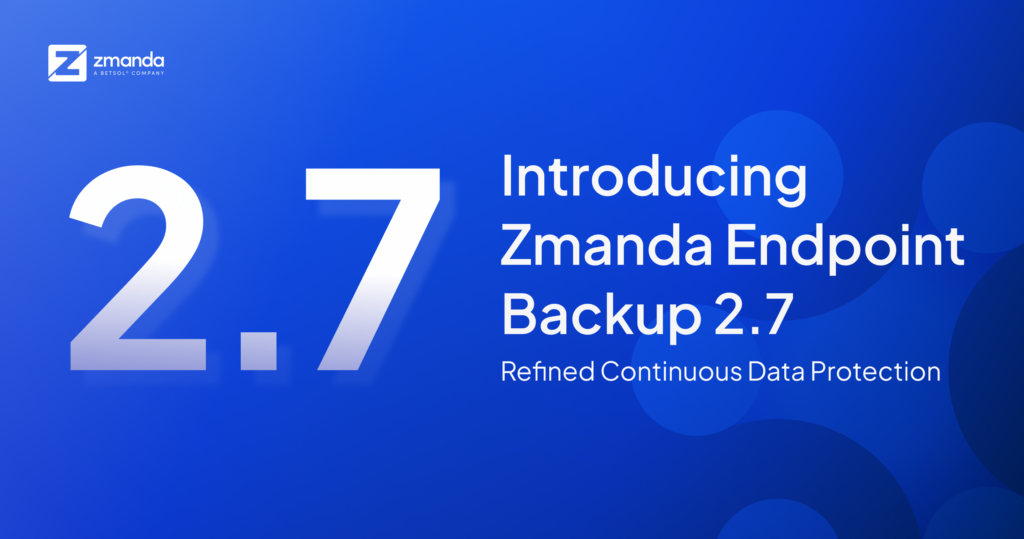
Have you ever confronted a database crash? The database setup comprises of the system server hardware and the software stack that runs the OS and the other required software packages. A database server and its associated containers and plugins run on top of it. All these together are connected to the in-house and outside worlds via network hardware and software like firewalls, switches, and routers.
It might look ideal if such a complex setup runs 24/7 without any issues or downtime, but that is not the case with a system or database administrator. The reason is simple, and the software and hardware networks are not 100 percent fault-proof.
There is a constant change in the internal and external environments. In essence, new software arrives, existing software gets updated. Database growth, memory being consumed, log files and caches, growing buffers, and all those challenges relevant to a dynamic environment are related to a database, too.
A database, its host system, and the network are expected to undergo quite a few security and maintenance routines and protocols that guarantee a 99.xx percent uptime. Even if something unexpected happens, the DBA must be able to restore the database as early as possible. In this article, let us discuss the reasons that can cause a database crash that affects the robustness of a database.
Why Do Databases Crash?
1. Low Maintenance On Pre-Deployment Scripts
Here are a few reasons why this could happen:
- Databases become destabilized when there are no needed keys and indexes to eliminate redundancy and progress response time.
- Poor performance due to the latest upgrades of system software and the database not functioning well together.
- Mismanagement in the planning of your database configuration.
2. The Database Is On The Wrong Server
The race for server hosting is a new competition today!
Configuring the system or planning an upgrade might look tempting at a cheaper rate. But if you do not have a careful strategy, your database and information can wind up on shared servers, which can deny users when the network is full in shared resource usage. Poor query or configuration, a faulty application config, or compromised application or database can be a few reasons for this to happen.
As a result, the database is deficient in resources, including memory and processing.
3. Unfriendly Application and Queries
Too many or slow queries are a result of your application’s data server not programmed correctly. Also, this might result in slow or too many queries being issued. These queries are made when there is under or overutilization of indexes and joining of bi-directional tables.
This, in turn, results in wasteful, faulty, and even absent indexes. It all comes down to worthless quality design, bad coding, poor optimization queries, and a lack of standards.
4. Hardware and Software Failures
What happens if there is a host server hardware or power failure? Your database server crashes! Isn’t it a nightmare? It can be anything like a host server hardware failure (processor, memory disks, RAM, motherboard, network hardware, etc.) or power failure and succeeding server crash can be a reason for the database to stop abruptly, causing a crash. The case is similar to the software failure that affects the threads and dependency package processes of the database server. In order to avoid such kind of crashes, it is better to safeguard quality hardware, a power backup plan, and maintain a rigorous system administration.
5. Running Out Of Memory and Swap Space
From where does a database get and use memory?
It’s caches, buffers, and log files like index and data files. The database server duplicates from data files in the database buffer cache. As the volume of data increases in the database, the information on the file system increases too.
In case if in-memory resources are not allocated with an equal amount of memory, the database will try to grab SWAP memory. Indeed, if there is no enough SWAP space available, then the database server might crash or stop operation due to a lack of memory.
6. Corruptions and File Permissions
Corrupted data, index files, or permission issues cause a significant number of database crashes. There are other reasons too:
- A database without accurate locking writes a data or index and other processes modify it. Database server processes use the same data directory in the host system that does not contain support for external file locking or proper file system locking. This might disable the database servers.
- The database server might try to read or write from a data/index file that is already crashed or corrupted.
- A defective piece of hardware corrupts a data/index file.
7. No Expert DBA On Board
Systems ought to fail when you do not have a proactive DBA on board who has foresight and planning solution skills. A DBA provider is believed to supervise everything for you. They can scale your system needs, check data integrity, catch problems, monitor the logs, and optimize performance space.
This takes constant planning and critical organization to prevent system crashes that can seriously damage your database, as well as impact your business.
Wrap-Up!
To avoid the above-mentioned failures, choose a DBA that can provide you immediate results. Zmanda’s Zmanda Recovery Manager (ZRM) for MySQL is an easy-to-use, flexible, and robust backup and recovery solution that simplifies the life of a Database administrator. It can manage machine critical high volume transaction processing environments with confidence across all MySQL servers running on Linux, Solaris, Windows, and Mac Os.
Don’t wait until your system crashes or fails! We are here for you!


